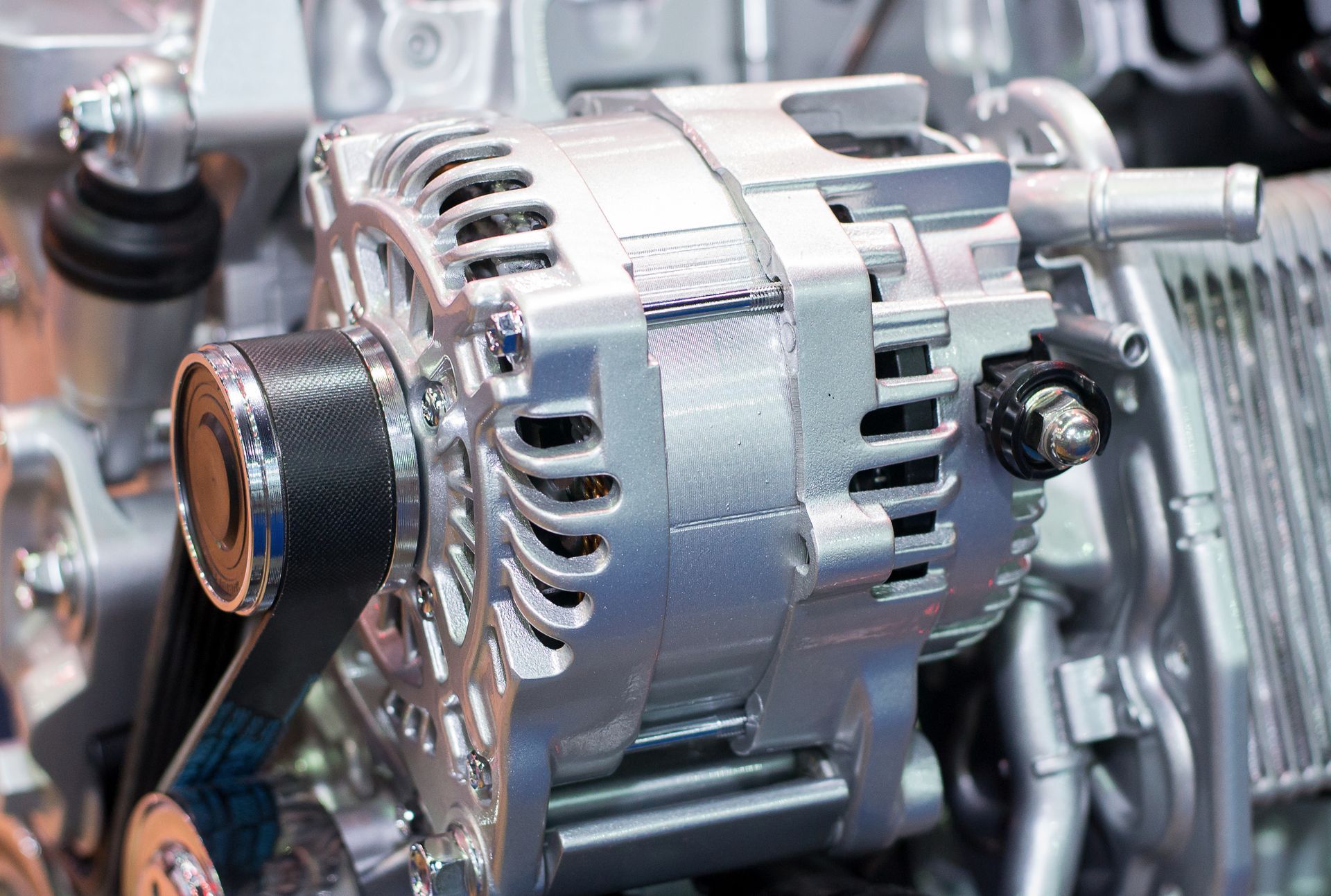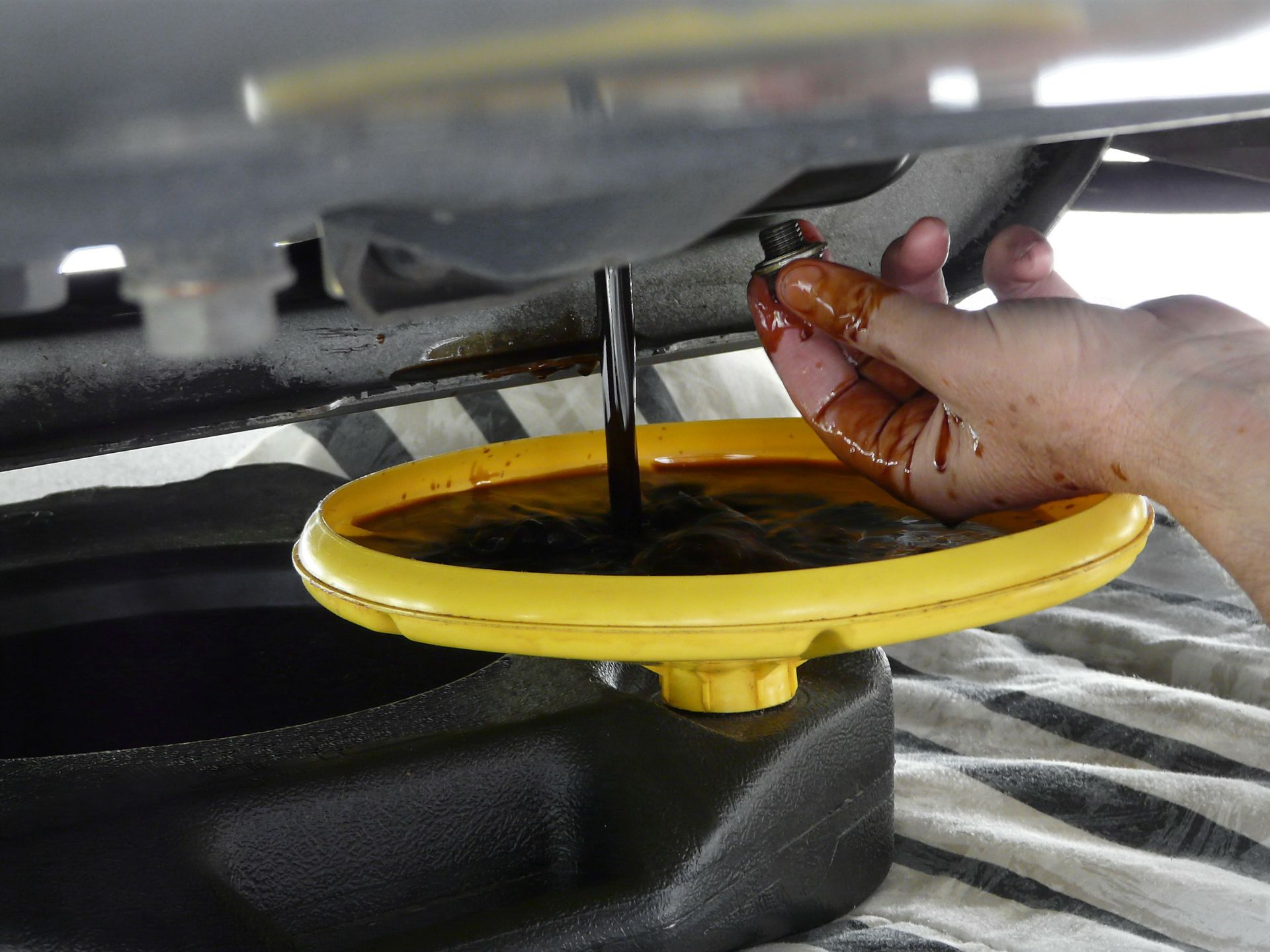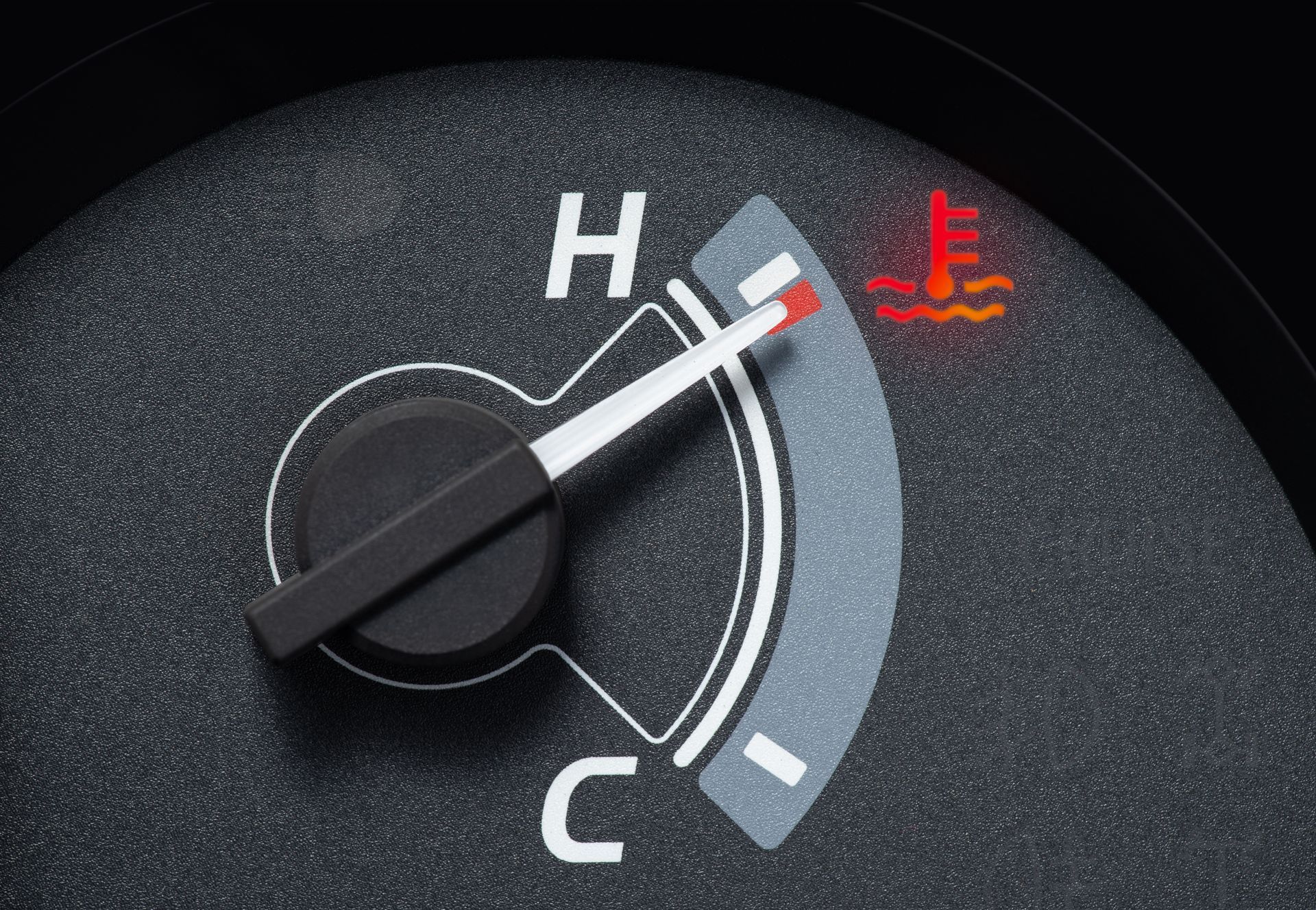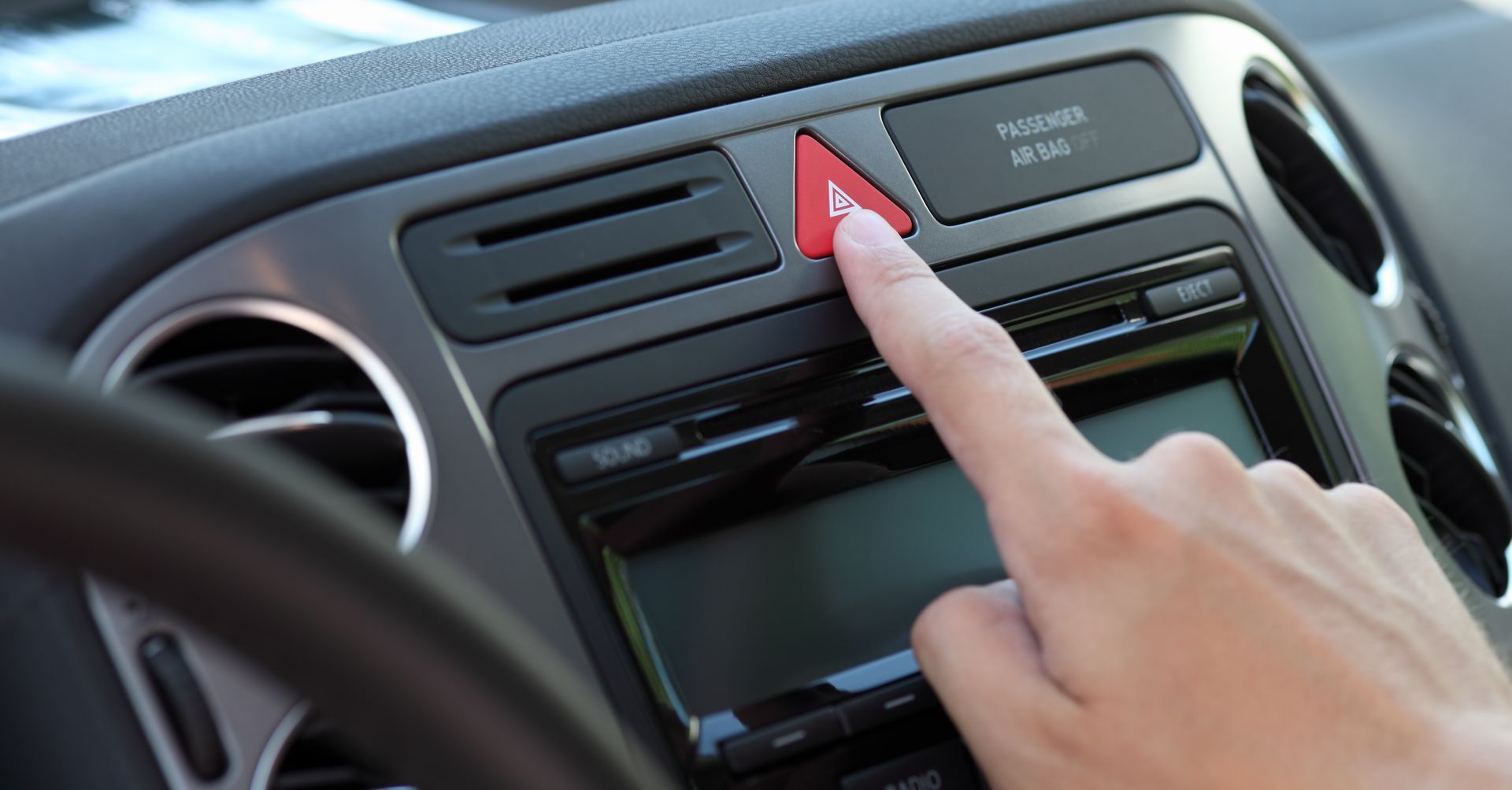Loading ...
Missing business hours data / Error occurred while getting the data.
Loading ...
Missing business hours data / Error occurred while getting the data.
Can I Drive with the Check Engine Light On?
October 30, 2024
Did your check engine light flicker on? It's one of those moments that can make your heart sink. But does this mysterious little light really mean your car is in immediate danger? Or can you keep driving without worrying about a catastrophic breakdown? We'll explain what that light really means and when you should be concerned.
What Does the Check Engine Light Mean
First off, it’s important to understand that the check engine light isn’t just there to annoy you. Your vehicle’s onboard diagnostic system is designed to alert you when something in the engine, exhaust, or other critical systems isn’t functioning properly. The light could signal anything from a loose gas cap to a more serious issue like a failing catalytic converter or oxygen sensor.
It’s a signal that your car’s computer has detected an issue that needs attention, but not all problems are created equal. Some are relatively harmless, while others could lead to costly repairs if ignored. So, what should you do when it comes to it?
The Severity of the Check Engine Light: Flashing vs. Steady
Not all check engine lights are the same. Pay attention to whether the light is steady or flashing.
Steady Check Engine Light
This typically indicates a less urgent issue. You may have a minor problem, such as a loose gas cap or an engine sensor malfunction. While it’s not an emergency, it’s still important to get your car checked out as soon as possible. Ignoring it could cause further damage over time or reduce your car’s fuel efficiency.
Flashing Check Engine Light
This is a red flag! A flashing check engine light often means there’s a serious issue with your vehicle, such as a misfire in the engine, which could damage components like the catalytic converter. In this case, it’s best to pull over and get your car to a shop immediately.
Ignoring a flashing light and continuing to drive can result in costly repairs down the line, so don’t take it lightly.
Can You Keep Driving with the Check Engine Light On
If the check engine light is steady, you may be able to continue driving for a short while, but it’s always a good idea to get it diagnosed sooner rather than later. Here are some steps you can take:
Check for Obvious Issues
Start by checking for anything simple, like a loose or missing gas cap. A loose gas cap can allow fuel vapors to leak, triggering the light. Tighten it and see if the light goes off after a few drives.
Monitor Your Vehicle’s Performance
Pay attention to how your car is running. Are you experiencing reduced power, strange noises, or unusual vibrations? If your car seems to be running normally, you may not be in immediate danger, but it’s still important to have a professional inspect it.
Schedule a Diagnostic Test
Even if your car seems fine, you shouldn’t ignore the light for too long. The longer you drive with a potential issue, the more risk you’re taking. A quick diagnostic test at a repair shop can identify the problem and help you avoid costly repairs later on.
Common Causes of the Check Engine Light
There are a variety of reasons why your check engine light might come on, ranging from minor to major. Here are some common culprits:
Loose or Damaged Gas Cap
Believe it or not, a gas cap that isn’t tightly secured can trigger the check engine light. If this is the issue, tightening or replacing the cap is usually an easy fix.
Faulty Oxygen Sensor
This sensor measures the amount of oxygen in the exhaust and helps regulate the engine’s air-fuel mixture. A faulty oxygen sensor can affect your car’s fuel efficiency and emissions, so it’s important to replace it if needed.
Failing Catalytic Converter
This part of your exhaust system converts harmful gasses into less harmful emissions. A failing catalytic converter can result in reduced performance and increased emissions.
Mass Airflow Sensor Issues
This sensor determines how much air is entering the engine and helps adjust the air-fuel ratio. If it’s malfunctioning, your engine may run poorly or use more fuel than necessary.
Worn Spark Plugs or Ignition Coils
Spark plugs ignite the fuel in the engine, and ignition coils convert battery power into a spark. If either of these components is worn or damaged, your engine may misfire, which can trigger the check engine light.
What Happens If You Ignore the Check Engine Light
Ignoring the check engine light can have a range of consequences, depending on the underlying issue. At best, you might experience reduced fuel efficiency or minor engine issues. At worst, you could be looking at expensive repairs or even engine failure. The longer you wait, the more likely it is that a small problem will become a big one.
So, while you might be tempted to keep driving and hope the light magically goes away, taking your car in for a diagnostic test could save you time, money, and a lot of hassle down the road.
Don’t let that check engine light cause unnecessary stress. Bring your car to
PRO-CAT Auto Care & Repair for a quick diagnostic check and expert repair services. We’ll have you back on the road in no time. Schedule your appointment today!
Contact Us
Loading ...
Missing business hours data / Error occurred while getting the data.
Quick links
Loading ...
Missing nap lines data / Error occured while getting the data.











